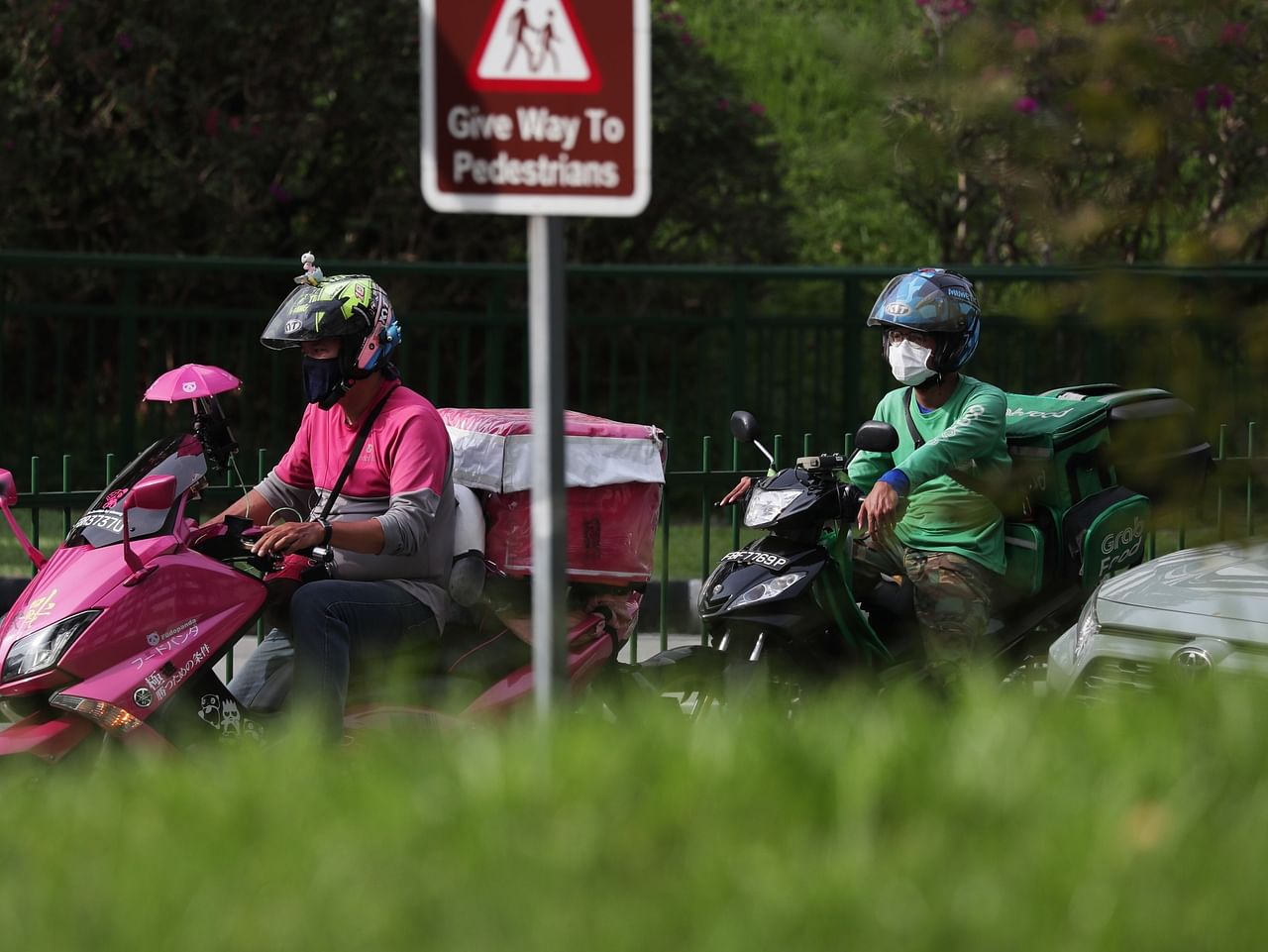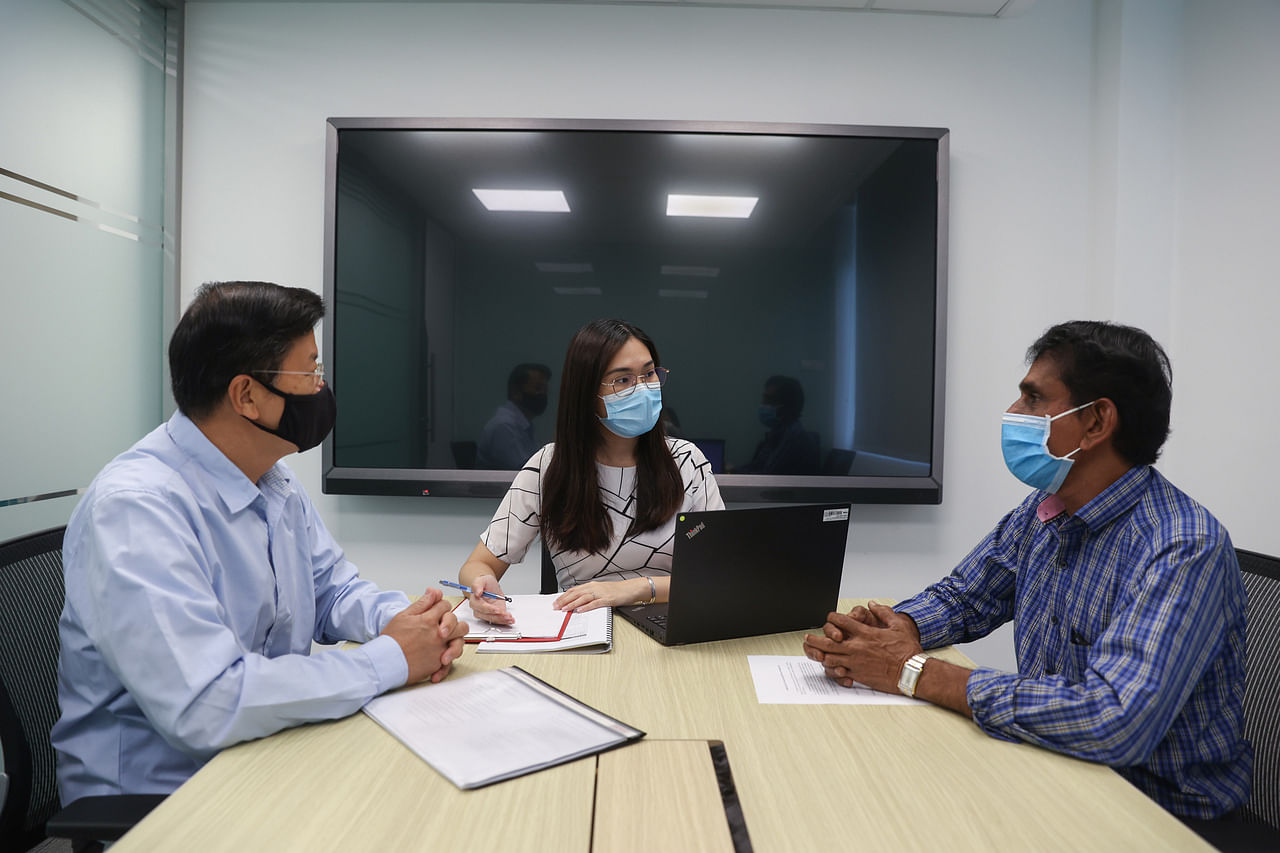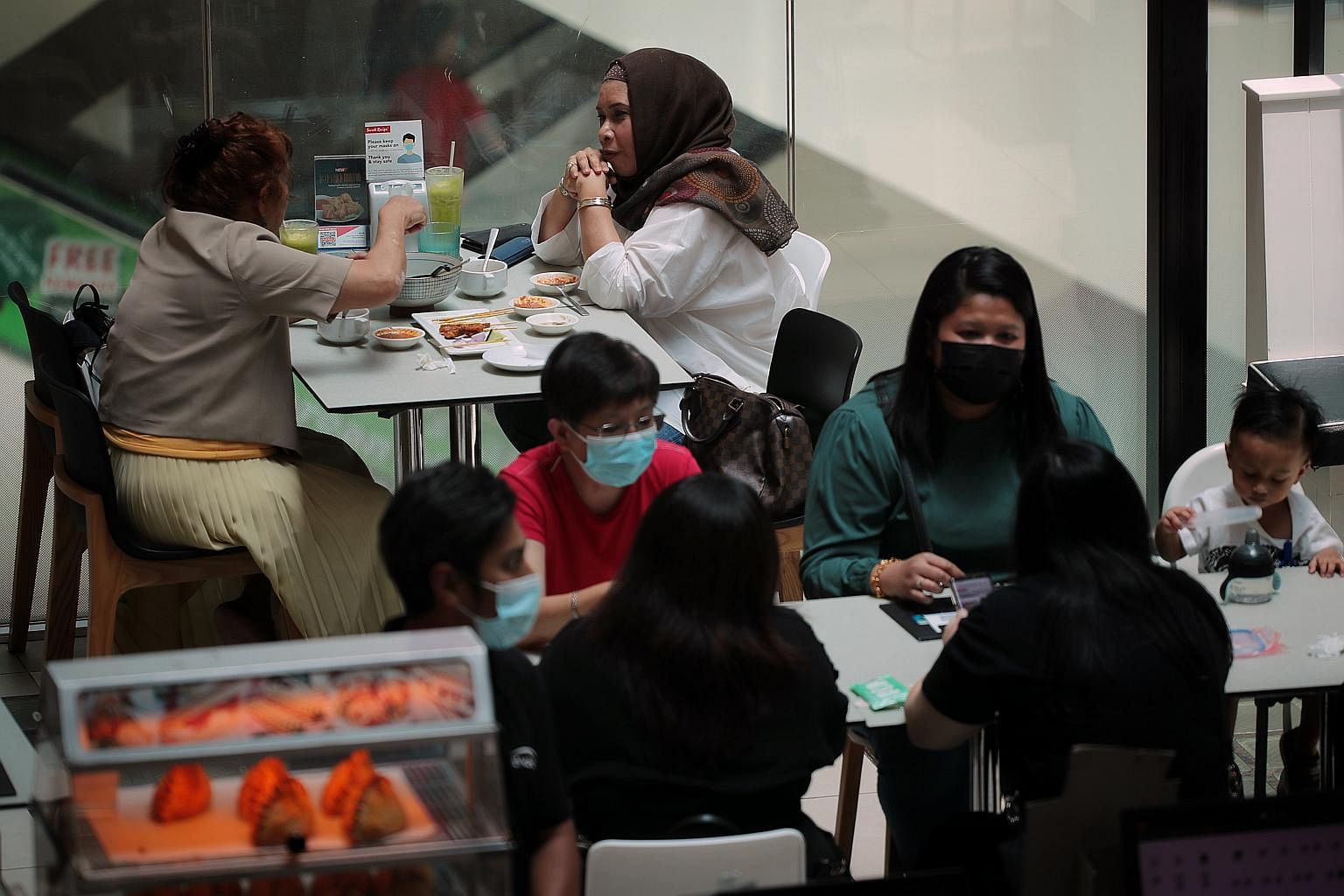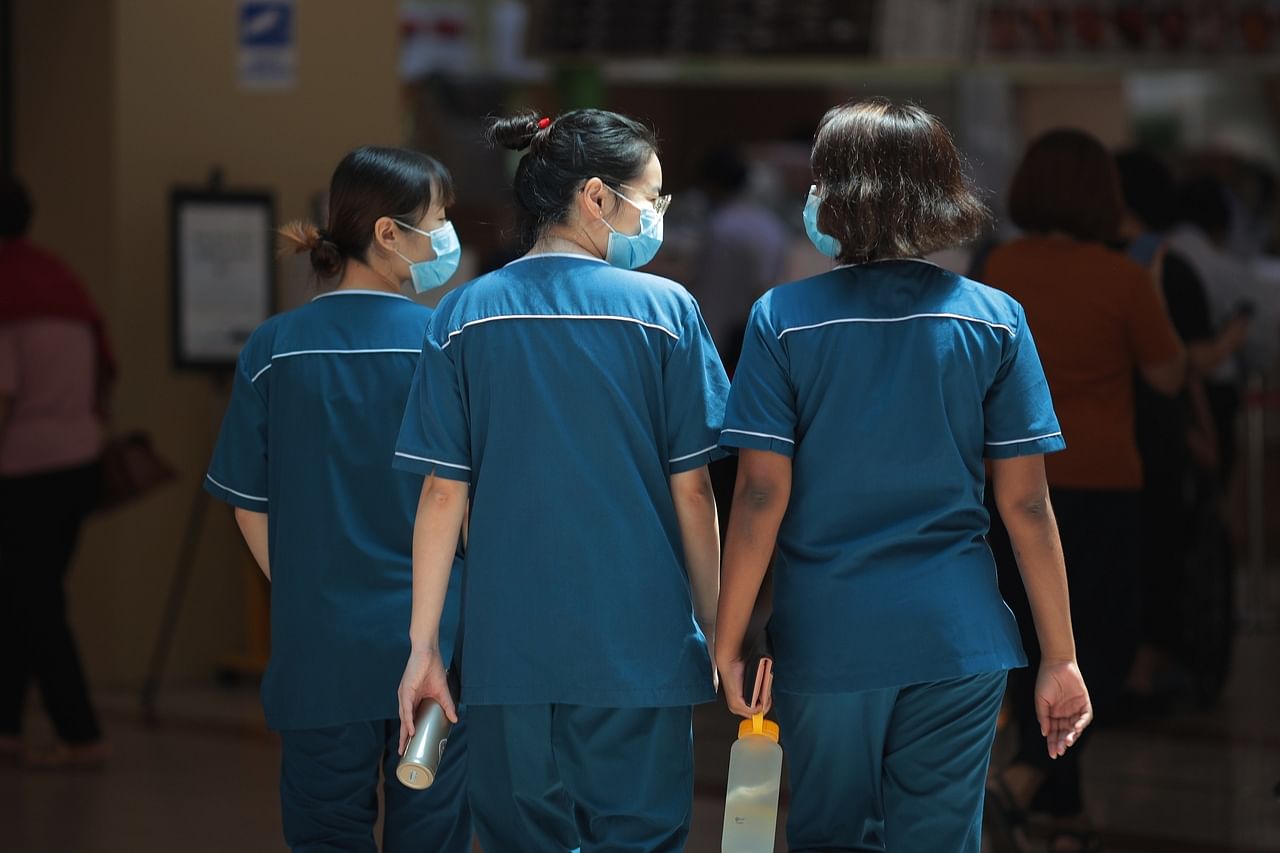Singapore’s Future‑Focused Brunch: Prime Minister Lee’s National Day Rally
With the pandemic finally drag‑dropping into the archives, Prime Minister Lee Hsien Loong decided it was time to put Singapore on the “next big thing” track. He delivered the message with his trademark mix of calm confidence and a hint of Singaporean wit at the National Day Rally on Sunday (August 29).
Three Toms of the Talk
Lee carved out the heart‑of‑the‑speech in three big chunks:
- Back‑bumping Home‑Made Workers – “We’ll tighten our belt on up‑skilling now, because those who earn the lowest wages have the toughest ramp to climb.”
- Guardians of the Golden Pass – “The secret to a smooth migration is open conversations and clear expectations for foreign‑work‑pass holders.”
- Race, Religion & Relations – “Inclusivity is not an after‑thought; we must keep the dialogue alive and put the culture of respect at the core.”
Highlight Reel – Slotted into Seven Notes
- Learning Curve for Low‑Earners:
Lee urged the government to hire “shadow mentors” to help people with minimal incomes tackle the tech revolution – basically turning the help‑desk into a career coach. - Speak Up in Singapore Speaks Up – “Everyone can benefit from an easy‑to‑access, bilingual help line that accepts virtual appointments,” Lee promised, tying pills of digital made to policy health.
- Passes Without Punch: Stability for Talent – “We’ll keep a safety net that triggers if blogs about working pass holders are no longer always questions or fears.”
- Series of Purple Dazzles – “Open talk with the worker, parents, and religious groups; that’s how we make sure the “resurrecting partnership” works.”
- Bot Tidy & Fix-ups – EPCC to encourage better tech‑integration for SMB in order to create low‑barrier digital experiences.
- Open‑Door Rules for Progress – “If you’re from the diaspora, your family must have transit tickets, built with a 30‑day plan for contingence.”
- Humor & Human‑In‑the‑Loop Cookiness – Lee was upbeat, saying “What’s strong after pandemic? A pool of people who have had to plan, practice to carry on.”
In one sentence, Lee wrapped up the speech: “Singapore’s future is built on the shoulders of one another – with inclusivity, learning, and open conversation.” Well, that’s the main takeaway; the rest is just a fun read. Happy National Day, and here’s to the next wave of Singapore‑level success!
1. Generating new growth, jobs and prosperity
Singapore Scores a Comeback: From Survival to Thriving
Prime Minister Lee just rolled out the latest scoop: Singapore has weathered its toughest economic storm since those early independence days, and now it’s time to shift into high gear.
“We’re not just pulling the strings of reserves anymore”
Lee clarified that the nation no longer needs to dip into its financial cushion “just to keep the lights on.” It’s about sparking fresh growth, creating jobs, and delivering prosperity for the future.
Global Momentum Grows Singapore’s Confidence
With the worldwide economy getting its groove back, the Ministry of Trade and Industry is feeling optimistic about Singapore’s outlook. The economic growth target has been bumped up from a modest 4-6% to a robust 6-7%.
Keeping the Business Hub Vibe Alive
To secure long‑term gains, Lee stressed that Singapore must:
- Maintain its reputation as a top business hub.
- Attract more foreign investment.
- Foster the growth of local companies and budding entrepreneurs.
Because, let’s face it, a flourishing economy is all about the folks working hard and innovators dreaming big.
Want to hear the full spiel?
Catch the prime minister’s full address in the video below (no spoilers, just pure economic pep talk):
2. Improving the lot of lower-wage workers
How Singapore’s “Workfare” and PWM Are Making Work Less Worry‑Free
During the pandemic, many of our low‑wage frontline heroes—cleaners, food delivery folks, security guards—kept the pulse of the city beating. They got a wage boost and a safety net, but they’re still juggling heavier stress and job insecurity, says Prime Minister Lee. Let’s break down what’s happening.
Money‑Makin’ Workfare
- “Workfare” is the government’s top‑up that adds cash and CPF contributions to your paycheck.
- Now about half a million workers receive a share of this windfall.
- Today the scheme costs the country $850 million a year.
- In two years, the budget will jump to $1.1 billion, so the pay bump will climb as well.
- And! Those under 30 years old will now qualify—you know—because the age floor slides from 35 to 30.
The Progressive Wage Model (PWM): The “No‑Lunch‑In‑The‑Stomach” Engine
- PWM sets a minimum payment and mandatory training for different skill tiers.
- It’s expanding to retail, food service, waste management—with endless workers breathing in fresh wages.
- Specific roles such as administrative assistants and drivers will also qualify across every sector.
- Companies playing the fair wage game earn a shiny Progressive Wage Mark.
- The government’s buying power swings to those scorekeepers: the public sector will only order from PWM‑accredited firms.
Foreign Workers and the New Street‑Legal Wage
If a company hires foreign staff, every local employee must receive at least the Local Qualifying Salary (LQS)—currently pegged at $1,400, and it will shift as needed.
Outcome: Roughly 8 in 10 Low‑Wage Workers Will See Their Pay Rise
With the PWM expansion and the revamped LQS, most low‑wage workers get a solid bump. Throw in the enhanced Workfare, and for almost everyone in this group, the next two years will bring a more comfortable paycheck—and maybe a week off after a pandemic‑era hustle.
So next time you’re dropping off a takeaway or sweeping a compactor, remember: you’re part of a more stable, better‑waged future. Cheers to that, Singapore!
3. Manpower Ministry to study issues facing delivery workers

Delivery Workers: A Worrying Reality
Prime Minister Lee has spotlighted the hidden grind of food delivery gigs. He pointed out that while the work keeps many on their feet, the pay stays modest, and the stress is all too real.
The Platform Game
Lieutenant colonels of the digital marketplace—foodpanda, Grab and Deliveroo—decide who gets which deliveries, monitor how they knock them out, and even slap penalties when things go awry. But here’s the kicker: the workers are not signed up like regular employees.
Why That Matters
- No contracts – meaning no job security or official agreements.
- No workplace insurance – no compensation if a bump bumps into a hard surface.
- No union representation – no collective voice to demand better conditions.
- No CPF contributions – a key gap in future savings.
Bottom Line
Because of these gaps, delivery workers often struggle with basic needs: affordable housing, reliable health coverage, and a solid retirement plan. They’re stuck in a loop of feeling undervalued and under-protected.
The Ministry’s Response
According to the PM, the Ministry of Manpower is pulling a deep-dive into the problem and will open up consultations. “We must address the issues to give these workers more secure futures,” he stated.
4. Ensuring a fair playing field at the workplace

A New Chapter for Fair Workplaces in Singapore
By turning the Tripartite Alliance for Fair and Progressive Employment Practices (Tafep) guidelines into law, the government is giving itself a full‑ticket upgrade—think of it as moving from a bronze badge to a gold guardian.
Why It Matters
A new tribunal will step in whenever discrimination arises—be it because of nationality, gender, age, race, religion or disability.
Prime Minister Lee explained that this move isn’t just about tightening rules; it’s about making it easier for people to resolve conflicts informally first.
If that fails, the law backs up with legal options—but only as a last resort.
Employment Pass (EP) & S Pass Tweaks
A Message to Employers
The new law gives Singapore’s watchdogs a sharper tool to keep workplaces just and inclusive. Employers get a clear roadmap, and employees feel protected—because fairness, after all, isn’t just a policy; it’s a promise.
5. New law to ensure racial harmony

New Maintenance of Racial Harmony Act: Giving Racial Issues a Gentle Hug
Singapore’s government is tightening its grip on the hot‑button of race by rolling out a brand‑new Maintenance of Racial Harmony Act. The aim? To stop the scattered legal patchwork—from the harsh penalties of the Penal Code to the grimy Sedition Act—and replace it with a rulebook that feels more like a friendly conversation than a courtroom drama.
What’s the Deal?
Former Prime Minister Lee said the incoming law will bring a softer, gentler touch to the mix:
- Stop the Offense – If somebody sparks a racial spat, the law can order them to cease the behaviour.
- Make Amends – Beyond just a slap on the wrist, the Act encourages the offender to educate themselves about the offended group and efforts to mend fences.
- Healing over Harshness – “This softer approach will heal hurt, instead of leaving resentment,” Lee noted.
Why It Matters
Just like the existing Maintenance of Religious Harmony Act, the new legislation is all about cultivating moderation and tolerance among Singapore’s diverse communities. It sends a clear message: racial harmony isn’t just a policy metric—it’s Singapore’s beating heart.
The Bottom Line
With the new Act, lawmakers hope to give racism a chance to cool down, like a warm cup of tea after a heated debate. By blending enforcement with empathy, Singapore is paving the way for a future where differences are celebrated, not fought over.
6. Need for Chinese majority to be understanding of minorities’ concerns

Singapore’s National Day Rally: A Call for Racial Equality
During today’s National Day Rally, Prime Minister Lee Chun‑Yong reminded every Singaporean that our city‑state treats all races with the same fairness—no one gets a “golden ticket” to success.
From The Beginning: Equal Treatment as a Foundation
- In the early days of Singapore’s independence, the government was completely neutral when making laws and policies, making sure no one race had a leg up.
- Chinese Singaporeans even stepped back a bit to strengthen this multiracial harmony, proving that the biggest gift you can give a society is fairness.
Language Ties: Why English Became the Lingua Franca
“English became the common tongue,” Lee explained, “so folks who spoke only Mandarin or local dialects had a tougher time.
That’s why there is no real basis for the so‑called “Chinese privilege” narrative. Think of it like a game where everyone must learn the same rules—otherwise, it’s cheating.
Bringing the Conversation Home
The “privilege” discussion, borrowed from “white privilege” chatter abroad, has sparked a lively debate in our own streets. Yet our Prime Minister pointed out that some ethnic minorities still feel the pinch when they’re trying to rent a flat or land a job.
He urged the majority to be understanding and to keep an eye out for these hidden barriers.
Why It Matters for All of Us
- Hidden preferences from employers and landlords can snowball into wide‑scale prejudice.
- These biases have the nasty habit of weaving deeper divides in our society—if we ignore them.
Lee summed it up with a message that’s as heartfelt as it is practical: “Let’s all honor the principle of racial equality to keep Singapore welcoming for everyone.”
7. Muslim nurses in public healthcare can wear a tudung at work from November

New Dress Code Flexibility for Muslim Nurses
Heads up: from November onward, public‑health nurses can rock a tudung with their uniforms if they feel the call. PM Lee called it a “careful adjustment” to keep Singapore’s multiracial vibes humming. He also stressed that this isn’t just a Muslim point of view – it’s a nation‑wide issue.
Why a tudung matters
For many Muslim women, the tudung has become a staple in both social and professional settings. It’s more than a head covering—it’s a marker of identity and comfort. The government’s prime minister sees this as a signal that the community is ready for the change.
How the decision was shaped
- In 2014, the PM told Muslim leaders the healthcare policy was not set in stone and would be monitored.
- Uniform rules for nurses had been tight, especially where uniforms are mandatory, and the tudung had been off-limits.
- Now, over 7,000 public‑health staff will benefit from the new dress code.
- Private‑sector healthcare employers are encouraged to follow suit, but it’s optional.
What stays unchanged
Despite the tweak for nurses, the headgear ban remains for:
- School students
- Military personnel in the armed forces
- Police officers
- Civil defence members
The motivation? “Uniforms equalise everyone,” says PM Lee, implying that shared attire fosters camaraderie early on and sets a tone of fairness that echoes into adulthood.
Keeping it fair and neutral
In organisations like the Singapore Armed Forces and Home Team— the state’s impartial, secular law enforcers—decisions need to be made without bias. This requires that everyone looks identical in uniform.
Final thoughts
So, hit the play button on your packing list: tudung now allowed for nurses in the public healthcare realm, but still off-limits for schools, police, armed forces, and civil defence. That’s the scoop. Stay tuned for any other updates, and keep those uniforms tidy and respectful of everyone’s cultural groove!




